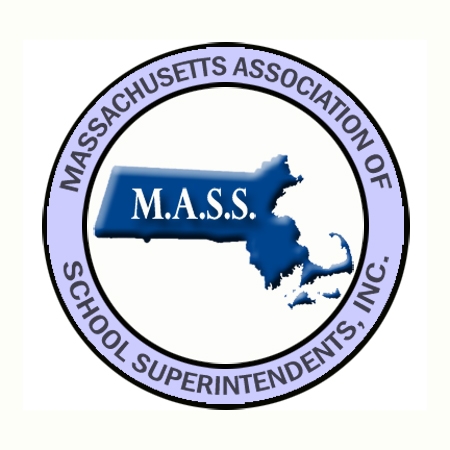
Across our Commonwealth, the issue of Critical Race Theory (CRT) has been discussed, debated, and questioned. CRT has become the new, “challenge” in education, threatening to distract and derail racial equity, diversity, and inclusion work that is fundamental to strengthening and improving the future of our public schools for all students and families across our State. In the following position statement, the Massachusetts Association of School Superintendents (M.A.S.S.) seeks to clarify What CRT is, and What it isn’t; we seek to state definitively WHAT we actually do teach, and WHY we teach it. Ultimately, M.A.S.S. seeks through this position statement to open a broader conversation with all– around race, equity, diversity, and inclusion.
What is Critical Race Theory? Do we teach it?
The simple answer is, “no,” we do not teach CRT. CRT is an analytical framework and process that had its beginnings in the 1970s. It is used in higher education to examine structures in society. It is not a curriculum for PreK-12 and we do not teach it in Massachusetts. Rather, we teach the MA Curriculum Frameworks for History and Social Science. But there is a more complex answer to this question and it involves the character of who we are as a society and who do we want to be.
What do we teach?
We teach the MA Curriculum Frameworks for History and Social Science. Since the ground-breaking 1993 Education Reform Act (Reauthorized: 2010), curriculum standards have been required in all of the major academic areas, including History and Social Science. Periodically since 1993, each of these frameworks have been reviewed, improved, and reauthorized. The Massachusetts (MA) History and Social Science Frameworks were last reviewed and approved in 2018. The MA curriculum frameworks provide clear expectations for student learning at each grade- for content, skills, and competencies. The concepts of racism, discrimination, oppression, and societal biases of all races and groups are historical facts as well as concepts that are included in our teaching of these Frameworks. Any allegation that teaching these historical facts and concepts constitutes teaching CRT is inaccurate.
Ultimately, the MA History and Social Studies Framework links past, present, and future and is “designed to strengthen students’ skills for informed citizenship and political participation” (MA History and Social Studies Framework, p.8, 2018). We provide here, the overarching guiding principles for effective curriculum that are articulated in the 2018 MA History and Social Science Curriculum Frameworks. We list here the most pertinent ones for our purpose (1,2,4,6, and 8):
#1 An effective history and social science curriculum teaches students about the legacy of democratic government.
#2 An effective history and social science curriculum incorporates diverse perspectives and acknowledges that perception of events are affected by race, ethnicity, culture, religion, education, gender identify, sexual orientation, disability, and personal experience.
#4 An effective history and social science curriculum teaches students to think historically.
#6 An effective history and social science curriculum builds students’ capacities for research, reasoning, making logical arguments and thinking for themselves.
#8 An effective history and social science curriculum incorporates the study of current events and news/media literacy.
Why do we teach what we do?
We, at M.A.S.S., believe that that the United States presents the best model of government the world has seen. We encourage individual freedom and limit the reach of government. To be more than empty words the “Blessings of Liberty” need to be evenly distributed. Studying our successes and failures will make us stronger and help us achieve the more perfect union sought by the founders. This is the essence of teaching history and social science.
Massachusetts law requires public schools to teach students the history of the United States, including the Constitution, the Bill of Rights, the Declaration of Independence, and the Federalist Papers. The Declaration asserts that all men are created equal, and a democracy values equally all the people. Measuring the gap between principle and practice is part of the study of history. Public schools were created in Massachusetts as early as 1642. We have modified our methods a bit but still strive to provide students with the tools to learn how to think and analyze facts. According to the Supreme Court, education is crucial in the preparation of young people for the duties of citizenship. See, Bethel v. Fraser, 478 U.S. 675, 681-685 (1986). Further, the Court has said government has a “compelling interest in eradicating racial discrimination”. See, Bob Jones University v. United States, 461 U.S. 574, 604 (1983) The words in our founding documents are statements of principle marking the rights of the people and the limits of governmental authority. Studying US history means students learn about how these words were put into action and why.
To conclude, we reiterate, we do not teach CRT; but, we do have a fundamental and moral responsibility to teach history and social science and in all its truth – the pleasant and the unpleasant. Teaching history and social science is to understand and ultimately to embrace societal and individual learning and to foster collective empathy toward the greater goal of improvement for ALL. We do this by exploring and understanding our history and current status of race, equity, diversity, and inclusion in our nation. This is the collective character of who we are as the Massachusetts Association of School Superintendents—we believe in building the future through this work—this is who we want to be.

Comments